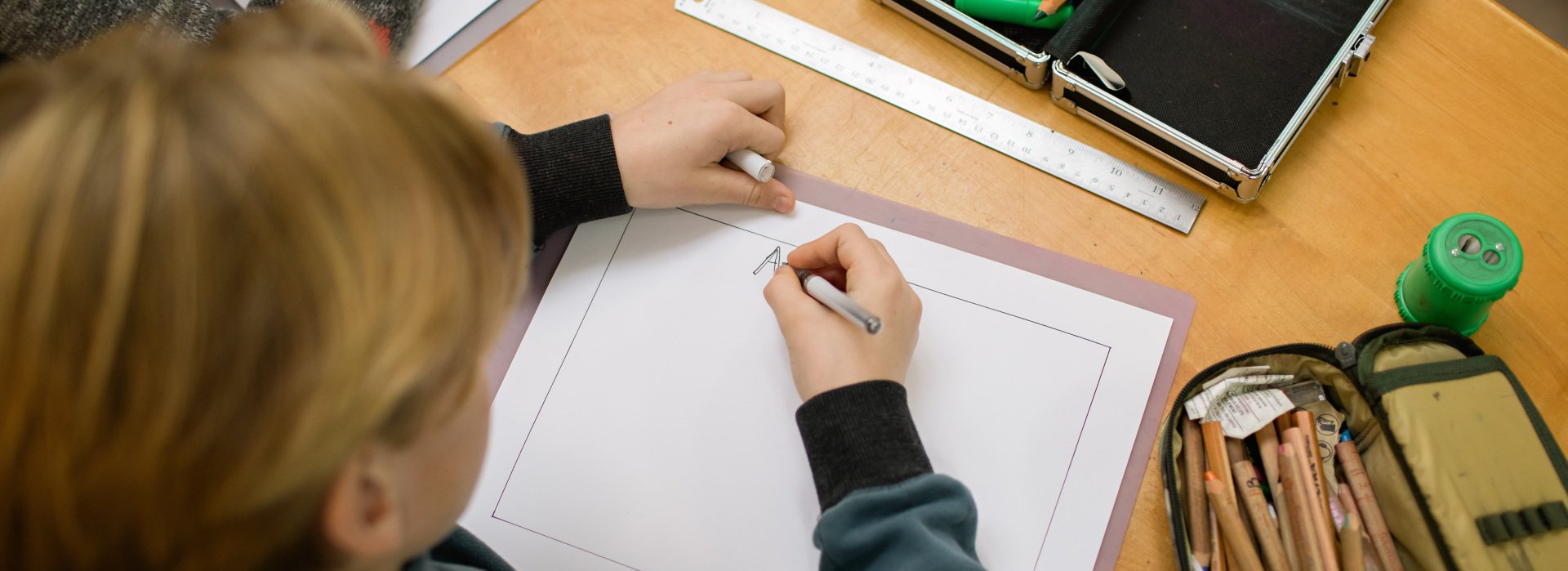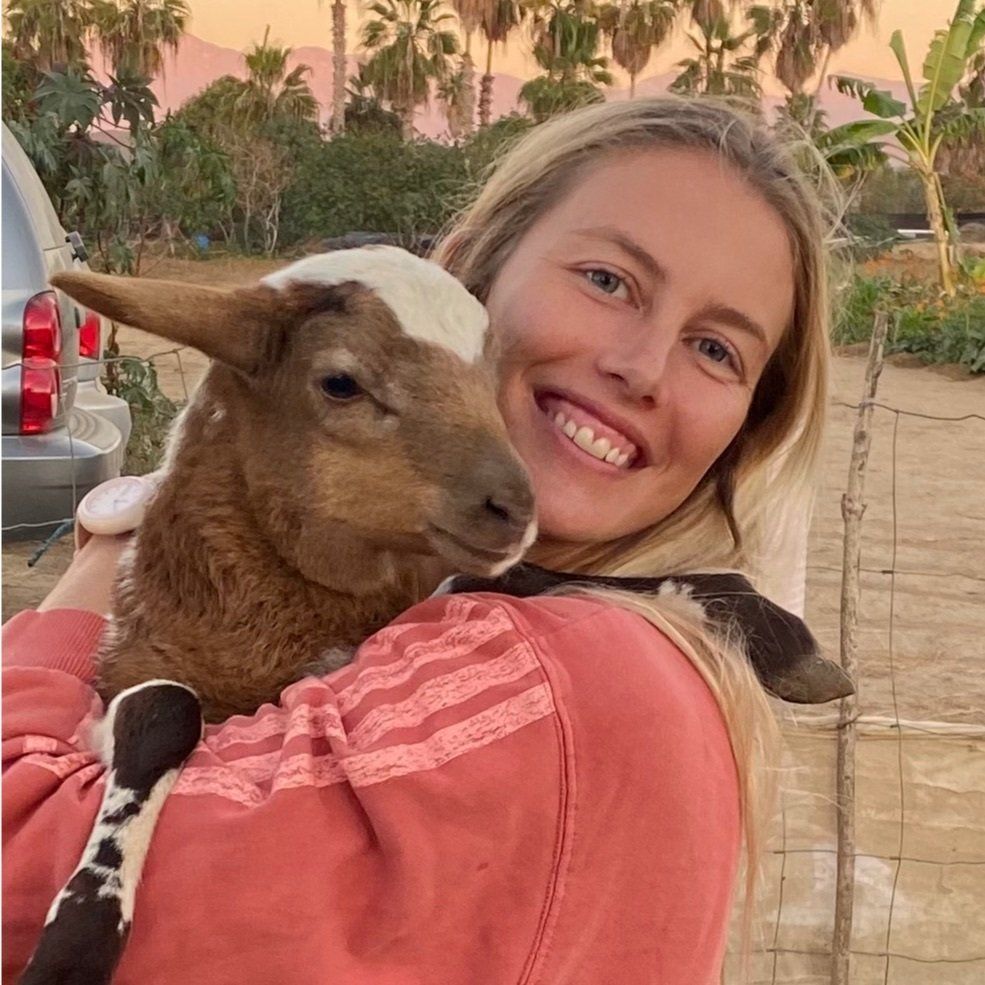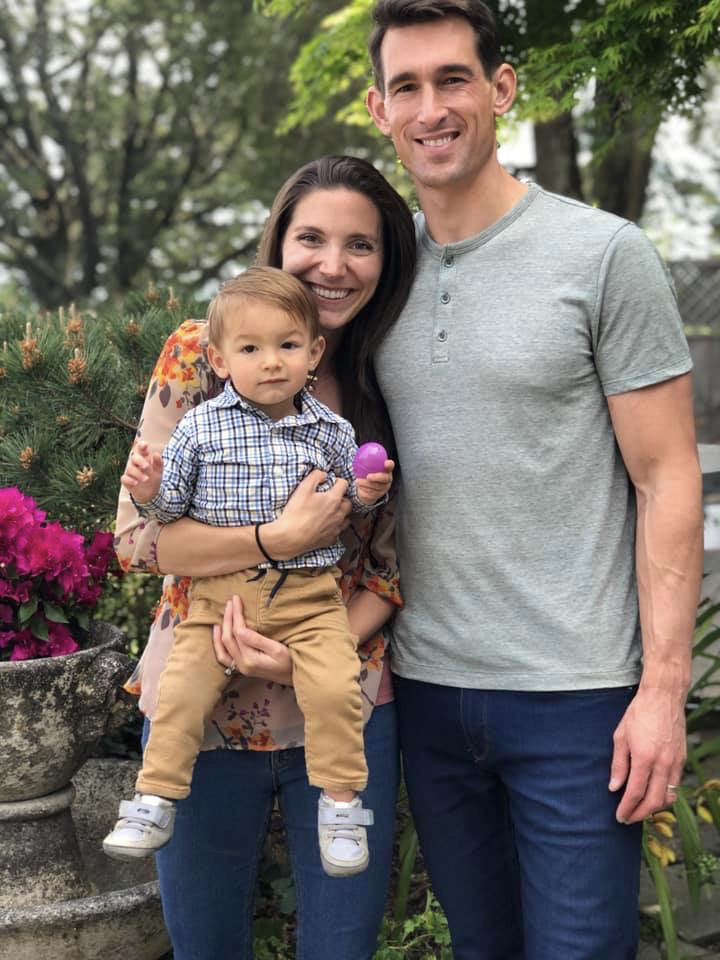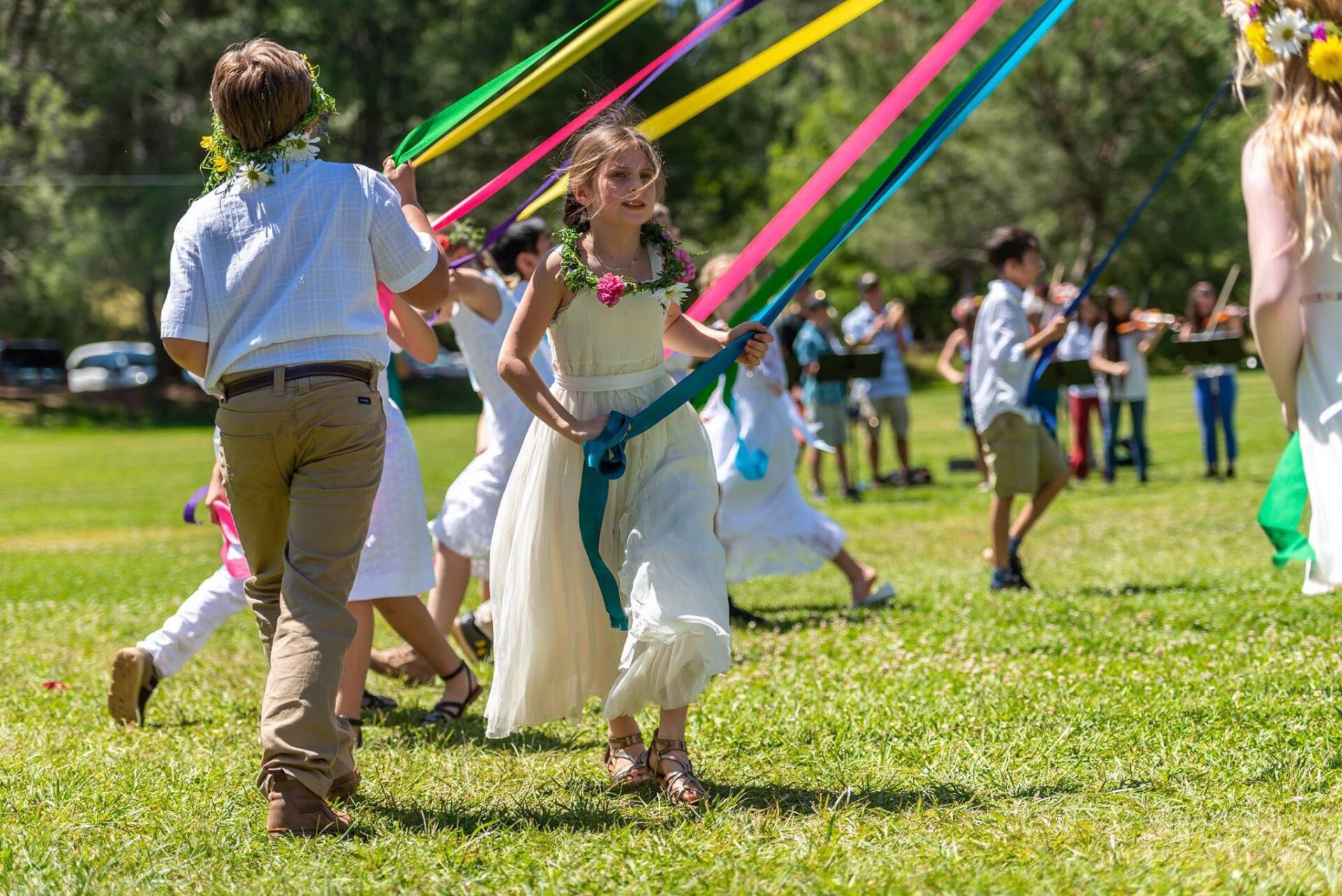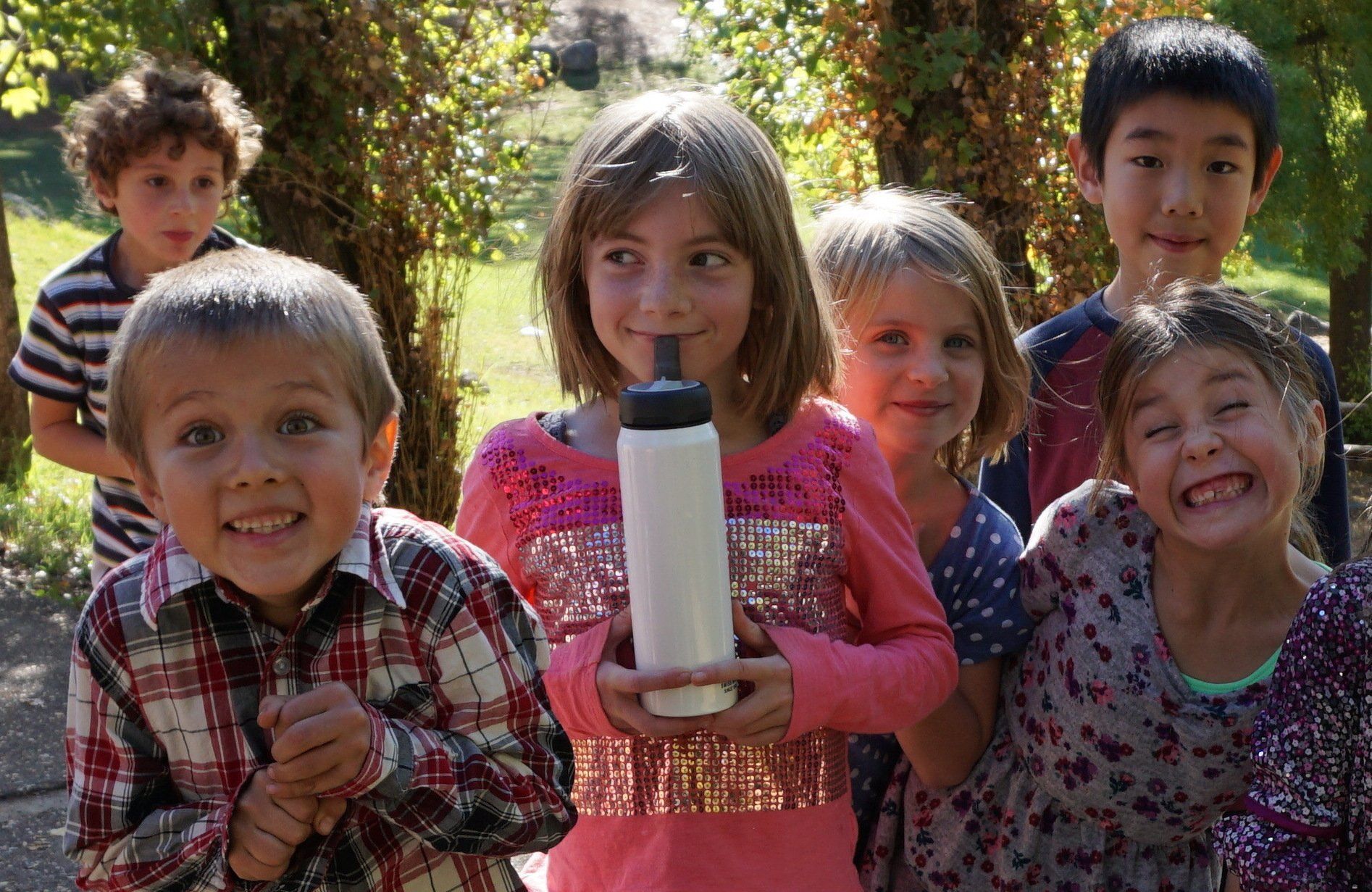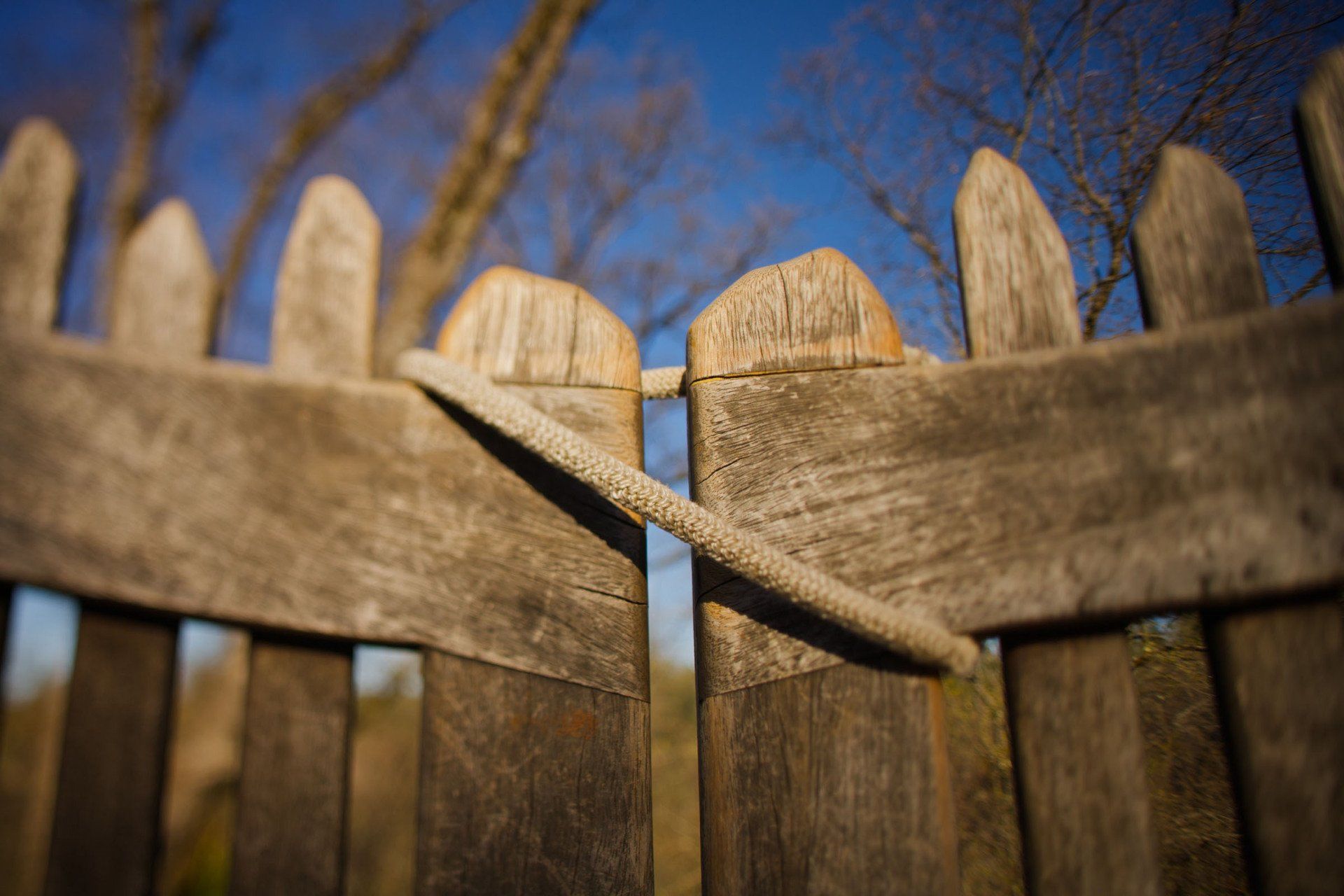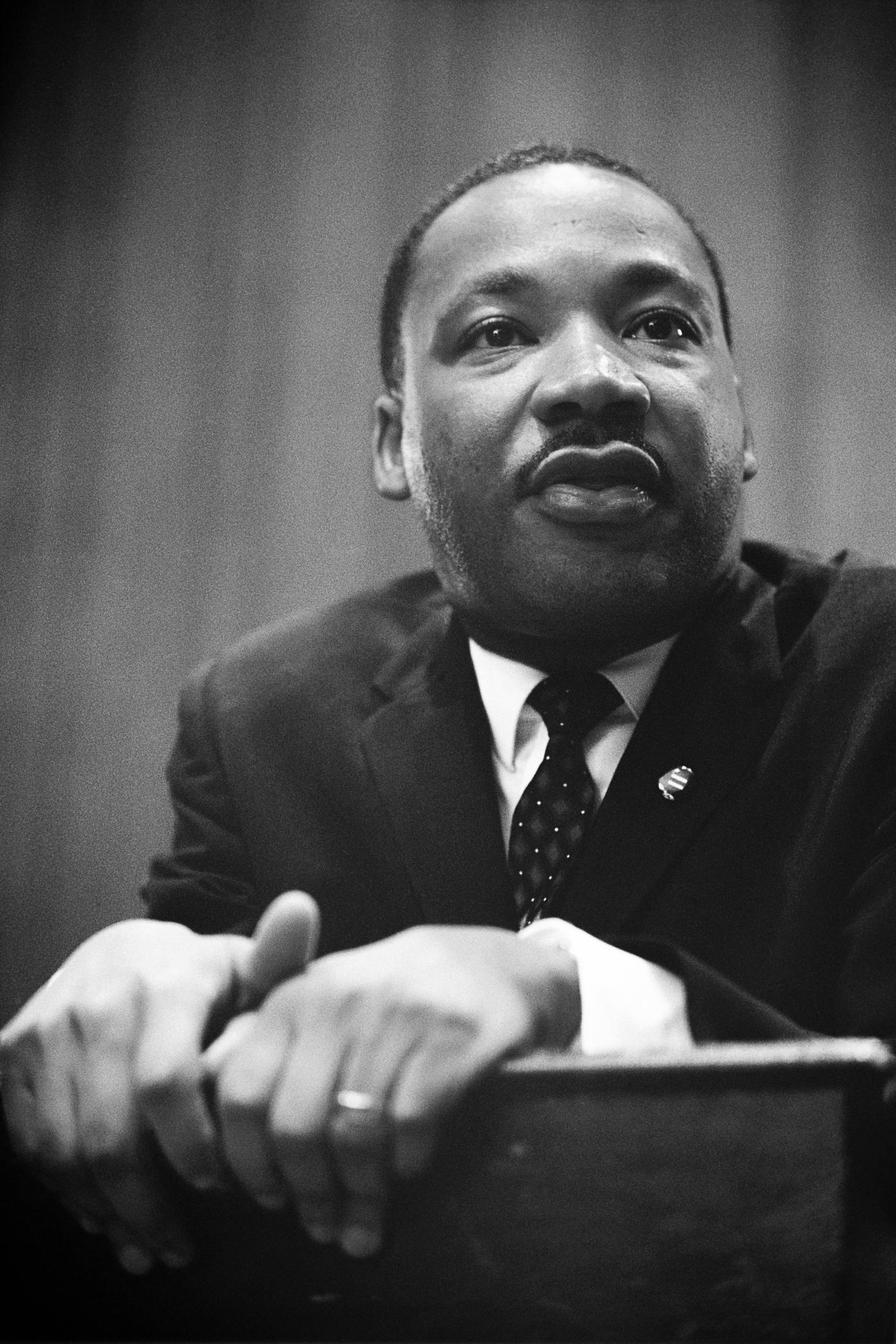The Kindergarten Teacher, the heart of the Kindergarten.
The Transition from Kindergarten into 1st Grade

Beauty, warmth, peacefulness, a cozy atmosphere--these are just a few of the most obvious characteristics one perceives when entering a Waldorf kindergarten classroom. There are often many beautifully crafted items, made of natural materials such as wood, wool, silk, cotton, or beeswax. The items provided for the children's play are simple, chosen to support physical play and to enhance that play with deliberate simplicity. That simplicity engages and enlivens the child's imaginative forces. The toy that is not beeping or flashing or moving itself invites creativity. The toy that is very simple allows for endless possibilities. It is filled with potential. Thus, given such a toy, the child's imagination is free to create, innovate, adapt, and metamorphose--all of these qualities and abilities that will serve a human being throughout life. Out on the play yard, the grounds provide children even more opportunities to play in nature, experiencing dirt, mud, sand, stones, plants, trees, and play structures that safely engage the child's bodily will forces to support his or her bodily development and integration.
Many are the visiting parents who have wept upon that first encounter with such a wonderfully nurturing environment for children. Many are those parents who have felt a twinge of regret that they did not have the opportunity to attend a Waldorf kindergarten themselves.
But we are just getting started! Then we meet the Waldorf kindergarten teacher! The Waldorf kindergarten teacher has a deep understanding of early child growth and development. We realize, through further conversation with the teacher, that he or she has not set up such a beautiful, warm, and nurturing environment simply for the sake of aesthetics. We slowly begin to understand just how deliberately these choices were made. We learn about the value of allowing the child to experience rhythms, daily, weekly, seasonally, and yearly. We begin to grasp the importance of circle activities and stories in providing the child with archetypal imaginations as a healthy foundation for play and interactions. It becomes more apparent that children need to experience nature, in the raw form of the outdoors as well as in the materials used in creating toys, tools, utensils, etc. Perhaps most importantly--indeed I firmly believe so--we develop a reverence for the teacher himself or herself. We wonder at his or her presence, marvel at the slow and peaceful way of speaking, acting, and moving. Furthermore, we begin to connect these observations of the Waldorf kindergarten teacher's ways of being with what we hear about the need for adults to be models, worthy of imitation. We experience a human being who is consciously striving to be a good and kind human being, one whose warmth of soul shines out and embraces others. How often I have wished to be more like a Waldorf kindergarten teacher!
And if that were not enough, we come to the most fundamental of all parental convictions: we learn that the Waldorf kindergarten teacher truly loves our children, loves them unconditionally. They see the the child's unique qualities, his or her areas of strength and areas of challenge. They work every day to support the child's growth and development in both areas, with a full appreciation for how this time of child development provides the foundation for the rest of the child's life. The physical, social, emotional, and imaginative developmental progress made in these years will be the basis for all future skills and abilities. Some of those abilities will be academic in nature, certainly, but the Waldorf kindergarten teacher also understands that these abilities will play out in all areas of life.
This combination of love, beauty, consideration, and wisdom is almost always the perfect recipe for a deep love affair between the parents and the Waldorf kindergarten teacher. Kindergarten parents usually struggle more than the child when their child reaches the time to "fly up", to transition into the Waldorf first grade in the coming fall. This struggle is natural. It is a deep and meaningful relationship that has been established and nurtured around this very important time of growth and development for the child. Parents feel invested in the kindergarten program and deeply connected to the kindergarten teacher. Then, suddenly, it is time to move on from this magical Waldorf kindergarten world. Suddenly, it is time to leave this magical Waldorf kindergarten teacher behind.
There is a new horizon, often symbolically seen on the edge of the play-yard fence. Not only are these older kindergarten children peering over, their parents are peering over. The parents wonder what it will be like on the other side of the fence. Will it be as rich and meaningful? Will it be as beautiful and loving? Will the Waldorf grades teacher be the same magical presence for my child and our family? Are we making the right choice in sending our child into the Waldorf grades program? Choosing the kindergarten was easy, but this choice may not be as obvious.
These questions are good ones to ask. These questions are good ones to answer.
In Part Two, we will begin to look at these questions. However, we will first pay particular attention to the transition itself, lest we short ourselves and our children of the fullest and most beneficial experiences of this significant change in the child's (approximately) first seven years of life.



To Learn More, Contact Us:
We will get back to you as soon as possible.
Please try again later.
Contact Info




This site is not a part of the Facebook website or Facebook Inc. Additionally, this site is NOT endorsed by Facebook in any way. FACEBOOK is a trademark of FACEBOOK, Inc.

